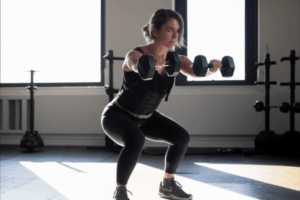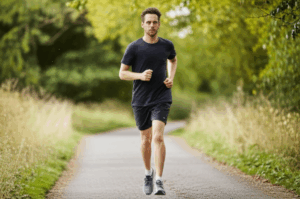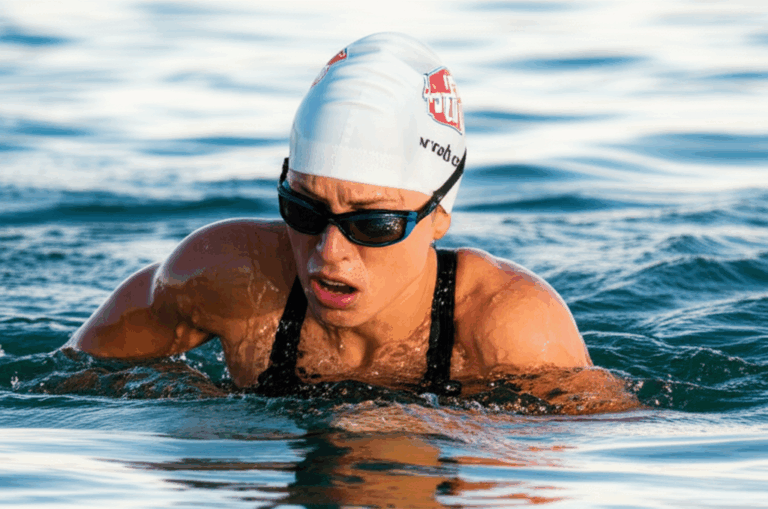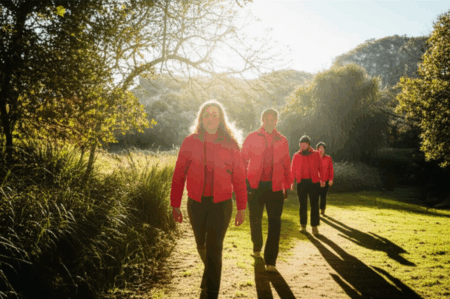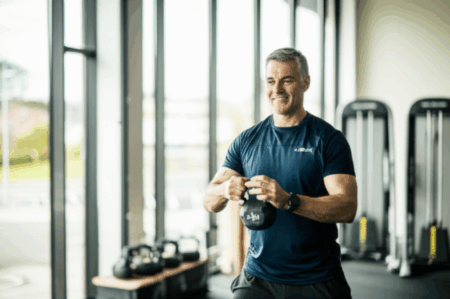Imagine pushing your body to its absolute limits, completing a 2.4-mile swim, a 112-mile bike ride, and a 26.2-mile marathon – all in a single day. This grueling feat is the Ironman World Championship, a challenge that few ever attempt, let alone conquer. Now, imagine achieving this at 80 years old. This extraordinary accomplishment belongs to Natalie Grabow, who has redefined what’s possible, becoming the oldest woman to finish the Ironman World Championship in Kona, Hawaii. Her journey offers invaluable insights into the specialized training, unwavering discipline, and profound mental strength required to defy age and dominate one of the world’s toughest endurance events.
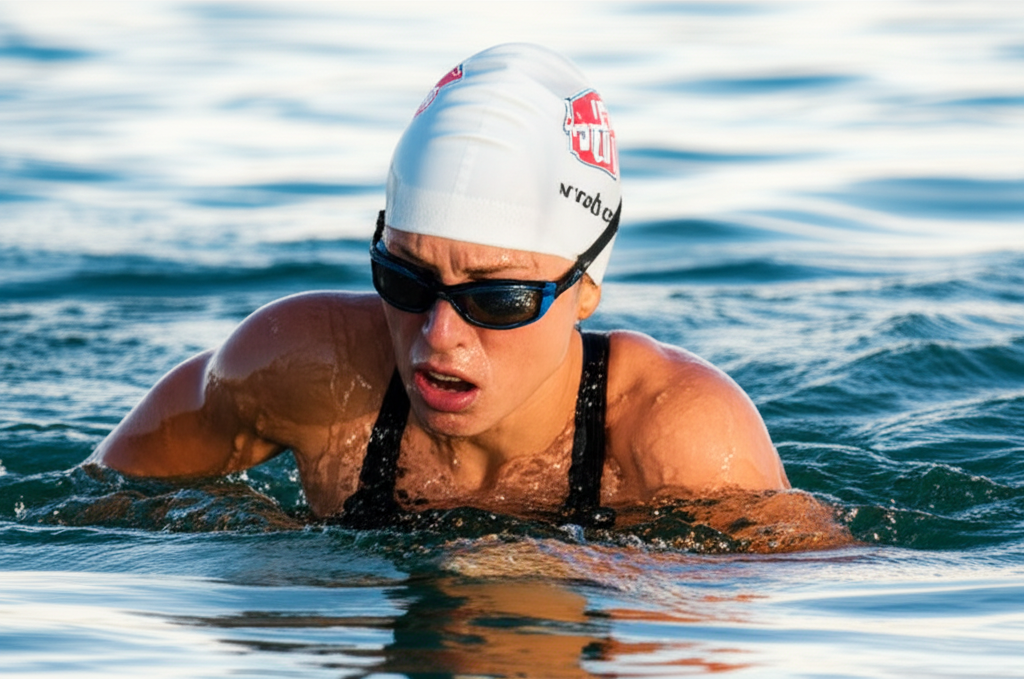
Natalie Grabow’s Inspiring Journey to Ironman Glory
Natalie Grabow’s path to becoming an Ironman icon began later in life. She wasn’t a triathlete from birth, but rather started running 5K and 10K races in her middle age. It was only in her 60s that she learned to swim, subsequently embracing the full triathlon challenge. This gradual progression from shorter distances to half and then full Ironman races highlights a key principle of her success: consistency and incremental build-up.
Grabow, a resident of Mountain Lakes, New Jersey, qualified for Ironman Kona by winning her age group at Ironman Maryland. Her record-breaking performance in Kona saw her complete the 3.8 km swim, 180 km bike, and 42.2 km run in 16 hours, 45 minutes, and 26 seconds, well within the 17-hour cutoff. This was not her first rodeo; it was her 10th start at Kona, a testament to her enduring passion and dedication. Her coach, Michelle Lake, describes Grabow as “resilient,” “disciplined,” and remarkably consistent, noting that “she doesn’t miss workouts”.
Beyond Natalie, other inspiring senior athletes like Japan’s Hiromu Inada have also etched their names in Ironman history. Inada holds the Guinness World Record for the oldest person to complete an Ironman World Championship, achieving this at 83 years old, and he continues to compete well into his 90s. These athletes demonstrate that while age presents unique considerations, it is far from a barrier to extreme endurance sports.
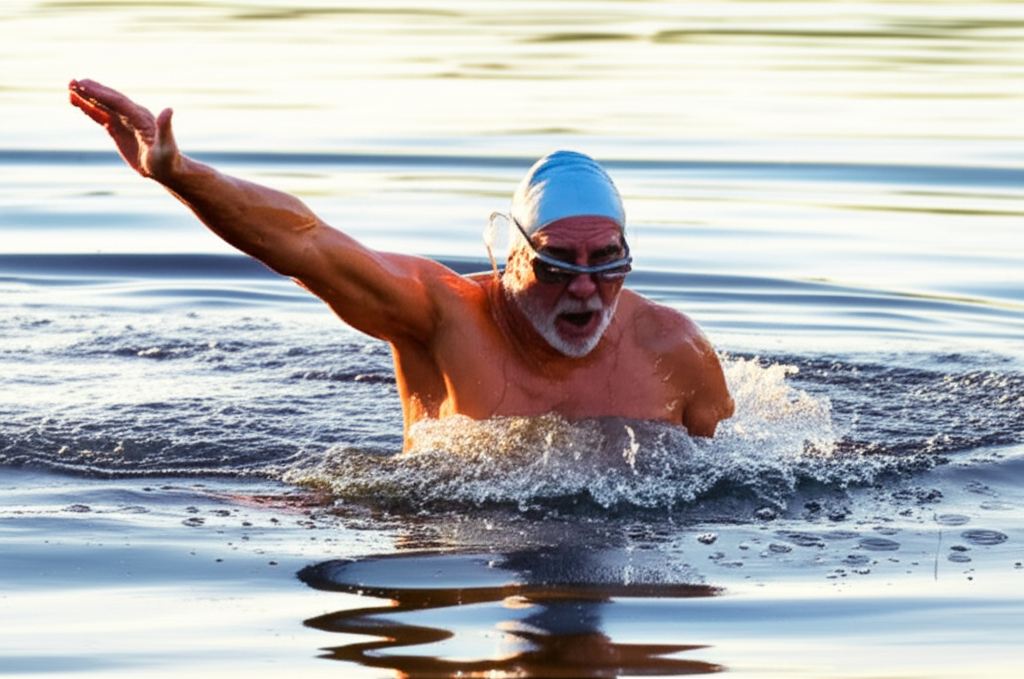
The Pillars of an 80-Year-Old Ironman’s Training Regimen
Grabow’s training routine is a masterclass in age-appropriate endurance preparation, focusing on smart strategies rather than simply grueling intensity.
Consistency Over Intensity: The Golden Rule
One of the most significant takeaways from Natalie Grabow’s approach is her emphasis on consistency over raw intensity. Instead of high-volume bursts or “hero weeks” that can lead to overtraining and injury in older athletes, her routine is built on regular, sustained effort. This allows her body to adapt progressively, minimizing stress and maximizing long-term gains.
Tailored Discipline-Specific Training for Longevity
Swimming
Swimming is often considered the hardest discipline for many triathletes, especially for those who learn it later in life. For Grabow, her swim sessions prioritize technique, endurance, and consistency. It’s a foundational element of her training, less impactful on joints but vital for cardiovascular strength and respiratory health. She focuses on drills, form practice, and gradually building comfort and stamina in the water.
Cycling
Grabow’s cycling regimen incorporates long rides, which are essential for building endurance for the 112-mile course. However, these long rides are strategically paired with mobility work, stretching, and deliberate recovery sessions to mitigate the cumulative stress on her aging body. Cycling is generally lower impact than running, making it a crucial component for senior triathletes.
Running
The marathon segment is where many athletes, particularly older ones, face significant challenges due to joint stress. Natalie scales her running volume to manage this impact. Her approach acknowledges the body’s changing needs with age, favoring lower-impact alternatives when necessary, such as leaning into cycling and swimming more.
Strength and Mobility Work: Non-Negotiables for Injury Prevention
As athletes age, maintaining flexibility, balance, and muscular strength becomes even more critical for injury prevention and overall performance. Grabow incorporates strength sessions and mobility exercises into her routine to maintain flexibility and protect against injury. These sessions are not about heavy lifting but rather about functional strength that supports the demands of triathlon and helps maintain good movement quality.
The Critical Role of Recovery
For any endurance athlete, but especially for seniors, recovery is as important as the training itself. Natalie Grabow schedules rest days with intention, incorporating active recovery methods like walking, yoga, or light swimming to prevent overuse injuries. After major races, she allows herself ample time for proper rest before resuming training. This deliberate approach to recovery ensures her body can repair and adapt, ready for the next challenge.
Nutrition and Hydration: Fueling the Endurance Machine
A high-performance training routine demands meticulous attention to diet. Natalie maintains a balanced, varied diet focused on fueling her long training sessions. Her nutrition plan isn’t overly restrictive but is rich in vegetables, proteins, and dairy, allowing for occasional treats like dark chocolate. For older athletes, there’s a particular emphasis on increased protein intake to combat muscle mass loss and support recovery. Adequate hydration is also paramount to sustain long training sessions and optimize performance on race day.
Mental Fortitude and Adaptability
Beyond the physical, Grabow’s success is deeply rooted in her mental strength. She races with gratitude and a good attitude, seeing the journey as equally important as the outcome. Her dedication is unwavering, with her coach noting her “resilient” nature and commitment to not missing workouts. She also embodies adaptability, listening to her body’s cues and modifying workouts when stiffness, fatigue, or aches arise, opting for lower-impact activities when needed.
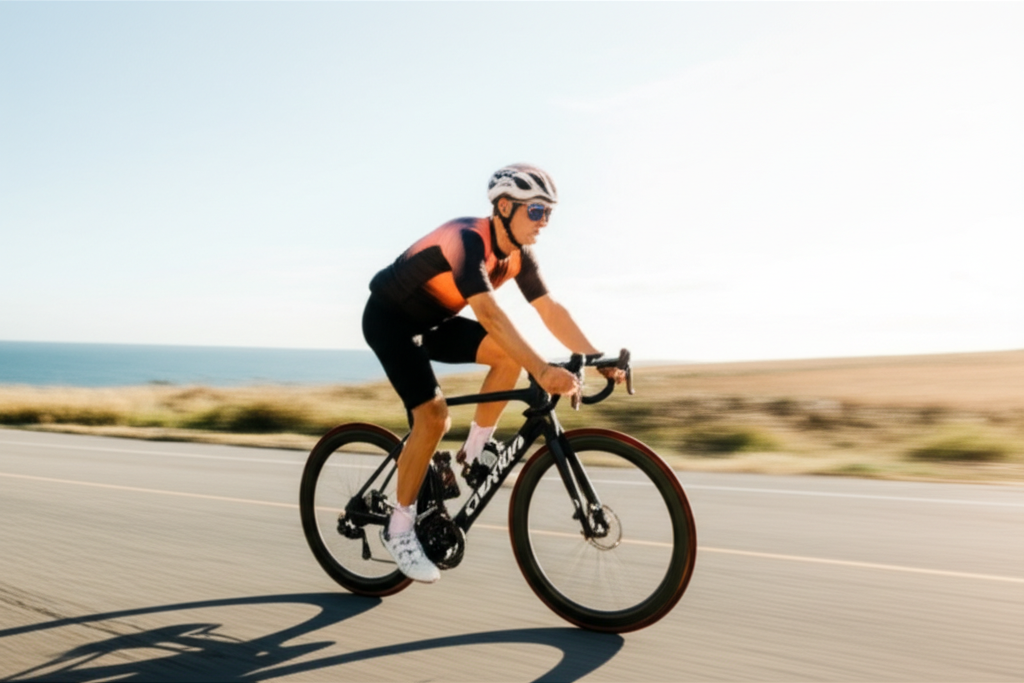
Key Lessons for Senior Ironman Aspirants
Natalie Grabow’s incredible journey offers profound lessons for anyone, especially older athletes, contemplating an Ironman or any significant endurance challenge:
- Consult Your Doctor: Before embarking on any rigorous training, especially at a senior age, medical clearance is non-negotiable.
- Start Gradually and Build Incrementally: Avoid jumping into high-intensity or high-volume training too quickly. Progression should be slow, steady, and sustainable.
- Prioritize Recovery: Recognize that rest is part of training. Incorporate active recovery, stretching, and adequate sleep into your routine.
- Listen to Your Body: Adapt your training based on how you feel. If you’re tired or sore, opt for lower-impact activities or take an extra rest day.
- Embrace Cross-Training and Technique: A multi-disciplinary approach builds well-rounded fitness and reduces stress on any single part of the body. Focus on good form in swimming and running to reduce injury risk and conserve energy.
- Seek Expert Guidance: A well-structured training plan, or even a coach, can provide personalized guidance, prevent injuries, and ensure effective progression, especially for senior athletes.
- Fuel Wisely: Maintain a balanced diet, paying extra attention to protein intake, and ensure consistent hydration.
- Cultivate Mental Toughness: The Ironman is as much a mental challenge as a physical one. Develop resilience, a positive mindset, and the determination to persist.
Natalie Grabow’s achievement at 80 years old is a powerful testament to the idea that age truly is just a number. Her meticulously crafted workout routine, centered on consistency, intelligent adaptation, and dedicated recovery, proves that with discipline and passion, extraordinary feats remain within reach at any stage of life.


